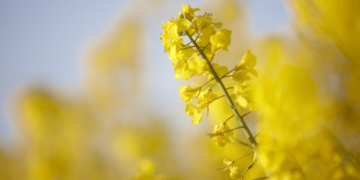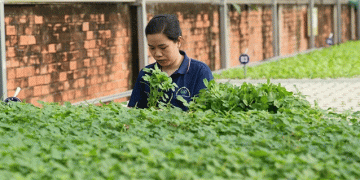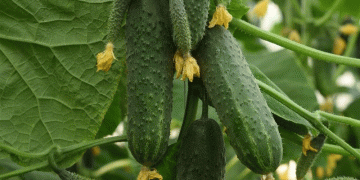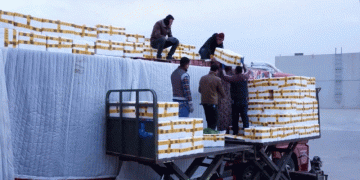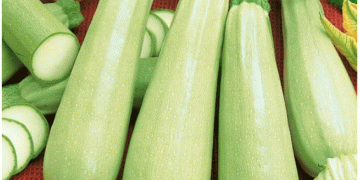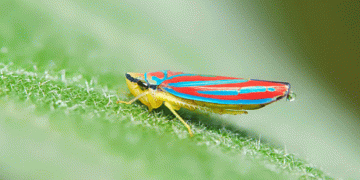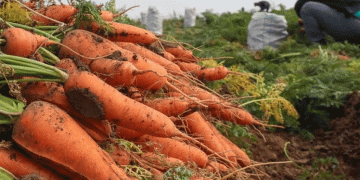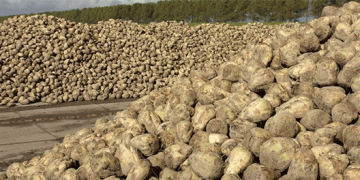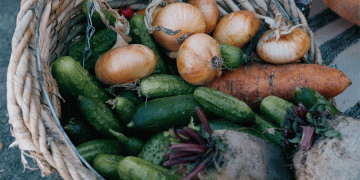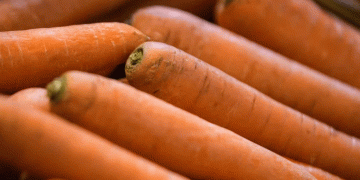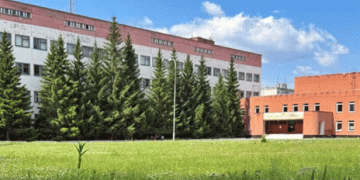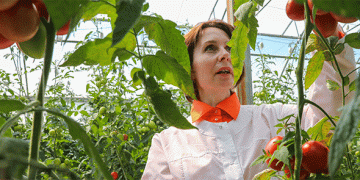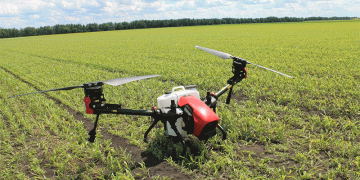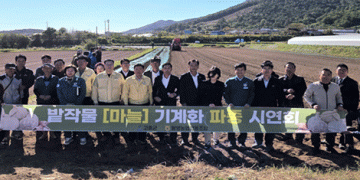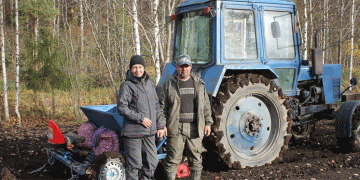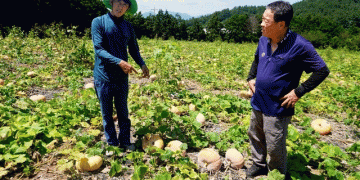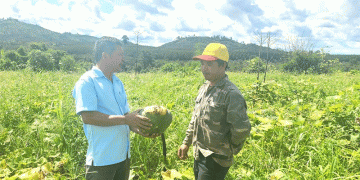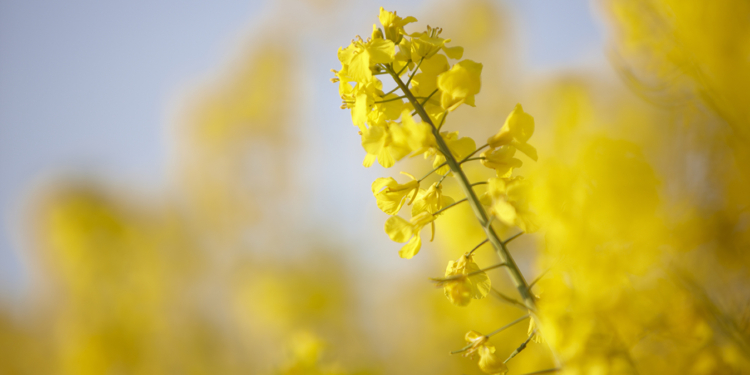Spring sowing season business largely over – Net sales forecast for the full-year confirmed – EBIT margin for the year now expected to be at the upper range of the forecast
Net sales of the KWS Group (ISIN: DE0007074007) rose by 5.8% (operational growth after adjustment for exchange rate effects: +13.0%) in the first nine months of 2020/2021. EBITDA and EBIT increased by around 5%, while net income for the period was at the level of the previous year.
“Our operational business performance was very strong all in all in the important third quarter,” said Eva Kienle, Chief Financial Officer of KWS. “Our innovative varieties were very well received in many markets in the spring sowing season, so that we were able to achieve a robust result despite considerable negative currency effects. We remain on a good course for the full year.”
Net sales in the first nine months of fiscal 2020/2021 increased to €1,071.3 (1,012.5) million. EBITDA rose to €260.4 (247.4) million and EBIT to €193.4 (184.3) million. The Group recorded a gross profit at the level of the previous year, with higher function costs for research and development and administration as well as lower selling expenses year over year. Other operating income improved, among other things as a result of lower allowances for receivables. Exchange rate influences reduced the KWS Group’s earnings overall.
Net financial income/expenses declined to € –7.6 (6.0) million. That is mainly attributable to the fact that contributions to earnings from the equity-accounted joint ventures fell to €3.7 (19.1) million. The interest result improved to € –11.3 (–13.2) million due to a fall in interest expenses.
Income taxes totaled €49.6 (52.3) million. The result was net income for the period of €136.2 (137.9) million or €4.13 (4.18) per share.
The free cash flow improved significantly in the period under review to € –35.0 from the previous year’s € –108.7 million (excluding the acquisition of Pop Vriend Seeds), mainly due to strict working capital management and a more cautious capital expenditure policy against the backdrop of the Covid-19 pandemic.
Overview of the key figures
| in € millions | 9M 2020/21 | 9M 2019/20 | +/- | |
| Net sales | 1,071.3 | 1,012.5 | 5.8% | |
| EBITDA | 260.4 | 247.4 | 5.3% | |
| EBIT | 193.4 | 184.3 | 4.9% | |
| Net financial income/expenses | –7.6 | 6.0 | — | |
| Result of ordinary activities | 185.8 | 190.2 | –2.3% | |
| Income taxes | 49.6 | 52.3 | –5.2% | |
| Net income for the period | 136.2 | 137.9 | –1.2% | |
| Earnings per share | in € | 4.13 | 4.18 | –1.3% |
Business performance of the segments
Net sales at the Corn Segment in the first nine months were €602.7 (607.4) million and thus at the level of the previous year; the segment grew net sales by 9% after adjustment for exchange rate effects. The main contributors to operational growth were the Europe region (in particular Southeastern and Eastern Europe) as well as Argentina and Brazil. However, our U.S. joint venture AgReliant posted lower sales and contributions to earnings in the face of a challenging competitive environment. The segment’s income was €77.7 (79.7) million.
Net sales in the Sugarbeet Segment in the first nine months rose by around 14% to €425.4 (372.4) million. This significant increase is mainly attributable to earlier deliveries of seed compared with the previous year. A slight increase in net sales for the full year is expected for the segment. Moreover, innovative KWS varieties enjoyed increasing success, despite slight declines in cultivation area in Europe. Alongside the continuing progress in launching CONVISO® SMART in Central and Eastern Europe, initial net sales were already generated from newly introduced Cercospora-tolerant varieties (CR+). Cercospora is one of the most widespread and damaging diseases in sugarbeet cultivation. The segment’s income rose to €164.3 (156.9) million.
Net sales at the Cereals Segment in the first nine months were €176.9 (177.3) million and thus on a par with the previous year (growth after adjustment for exchange rate effects: 3%). In particular, there was an appreciable increase in sales volumes for wheat, barley and rapeseed seed. Business operations with hybrid rye seed were stable, although exchange rate effects resulted in a fall in net sales in nominal terms. The medium-term growth prospects for hybrid rye remain due to its high yields, even in arid conditions, and greater animal welfare as a result of using rye in fodder. The segment’s income was €44.4 million, down from the previous year’s figure of €47.4 million.
Net sales at the Vegetables Segment fell significantly to €38.5 (65.0) million, in particular due to lower demand for spinach seed in the wake of the Covid-19 pandemic. The food service market segment in the U.S., our key sales market, was mainly hit by that. This drop in business also meant that EBITDA declined to €2.8 (19.1) million and EBIT (including effects from the purchase price allocation) to € –13.0 (–1.6) million; excluding these effects, EBIT was €6.6 (23.4) million.
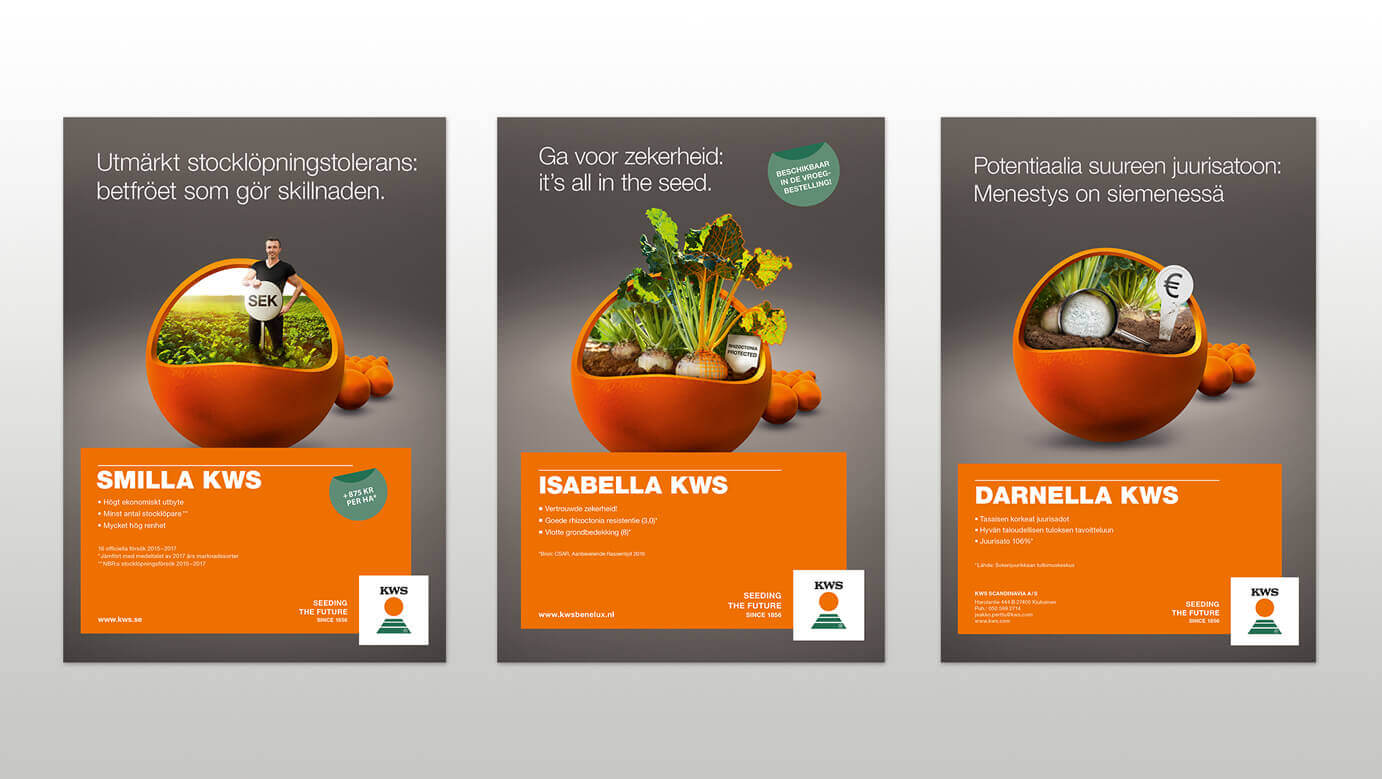
As part of expansion of its new business unit for vegetable seed, KWS took over Geneplanta S.r.l., Noceto/Parma, Italy, in March 2021. The company, which was established in 2011, focuses on breeding tomatoes and on producing and selling tomato seed.
Net sales in the Corporate Segment totaled €5.4 (3.4) million. They are mainly generated from our farms. Since all cross-segment costs for the KWS Group’s central functions and basic research expenditure are charged to the Corporate Segment, its income is usually negative. The segment’s income improved to € –75.4 (–81.6) million, among others, due to lower costs as a result of the pandemic and special items.
The difference from the KWS Group’s statement of comprehensive income and segment reporting is due to the requirements of the International Financial Reporting Standards (IFRSs) and is summarized for the key indicators of net sales and EBIT in the table below:
Reconciliation table
| in € millions | Segments | Reconciliation | KWS Group | |
| Net sales | 1,249.0 | –177.7 | 1,071.3 | |
| EBIT | 198.1 | –4.7 | 193.4 |
Outlook for the KWS Group for fiscal 2020/2021 confirmed
The Executive Board still anticipates that the KWS Group will generate net sales at the level of the previous year (€1,282.6 million). The EBIT margin is now expected to be at the upper range of the forecast of between 11% and 13% (after adjustment for noncash effects as part of the purchase price allocation for the acquisition of Pop Vriend Seeds). Currency effects have a significant negative impact on both sales and earnings of the KWS Group.
The forecasts for the Corn and Sugarbeet Segments have been revised as follows: The Executive Board now assumes that the Corn Segment’s net sales – in particular due negative exchange rate effects – will be at the level of the previous year (previously: slight increase) on the back of continuing robust operational growth. An EBIT margin on a par with the previous year is now anticipated (previously: slight increase year over year).
Due to the increasing success of our innovative varieties, the Executive Board now expects net sales at the Sugarbeet Segment to increase slightly (previously: at the level of the prior year), with an EBIT margin at the level of last year. More information at Investor relations – Corporate – KWS SAAT SE & Co. KGaA
